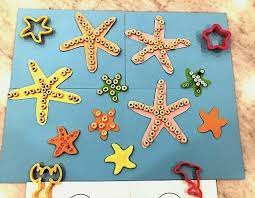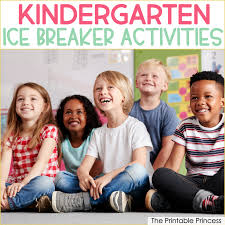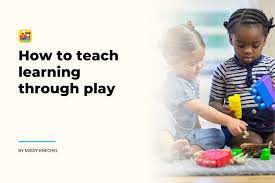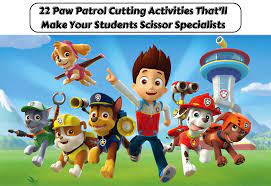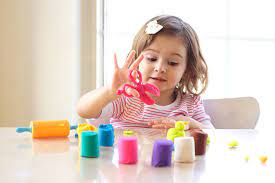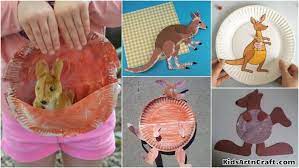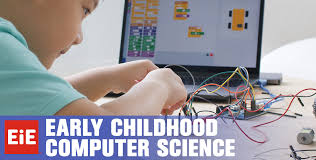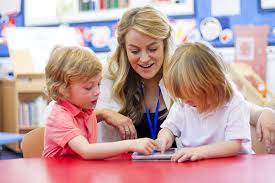Introduction:
Starfish are fascinating sea creatures that captivate the minds of young children. With their unique shape and vibrant colors, starfish provide endless opportunities for fun and engaging learning experiences for students. Here are 25 super starfish activities for young learners to explore the world of these amazing marine animals.
1. Starfish Story Time: Read children’s books featuring starfish, such as “The Rainbow Fish” or “Stellaluna.”
2. Starfish Coloring Pages: Provide printable starfish coloring pages for children to color and display.
3. Create a Starfish Habitat: Construct a small aquarium or diorama to house a toy starfish and learn about what it needs to survive.
4. Starfish Anatomy Lesson: Teach children about the different body parts of a starfish using diagrams or hands-on activities.
5. Starfish Finger Painting: Encourage children to create beautiful starfish art using their fingers.
6. Origami Starfish: Guide children in folding colorful paper into a star-shaped sea creature.
7. Salt Dough Starfish: Craft realistic-looking starfish with homemade salt dough and let the children paint them after they dry.
8. Starfish Observation: Visit an aquarium, beach, or tidepool to observe live starfish in their natural environment.
9. Starfish Puppets: Create simple puppets out of construction paper or felt, then perform a story or song together involving starfish characters.
10. Star Count Game: Line up toy or picture representations of starfish for kids to count and practice basic math skills.
11. Sensory Ocean Tub: Fill a container with water, sand, and various textures for children to explore while learning about starfish and their ocean habitat.
12. Edible Star Snacks: Make sugar cookies or sandwiches cut into star shapes to enjoy during snack time.
13. Recycled Materials Star Art: Encourage students to make starfish art using recyclable materials, such as bottle caps or cardboard.
14. Starfish Matching Game: Create pairs of matching starfish images and let children practice memory skills with a classic matching game.
15. Starfish Yoga: Teach children a simple yoga routine inspired by the movements and positions of a starfish.
16. Sea Star Regeneration: Teach children how starfish can regenerate lost limbs by drawing or acting out the process.
17. Ocean Wonders Science Experiment: Conduct a science experiment discussing buoyancy, density, or other related topics in relation to starfish.
18. Beachcombing Adventure: Take a field trip to a local beach and search for starfish, shells, and other interesting marine treasures.
19. Rhyming Starfish Poetry: Encourage children to write poems about starfish using rhyming words or phrases.
20. Star Dot-to-Dot: Provide dot-to-dot puzzles featuring starfish images for kids to complete and color.
21. Star Trek Scavenger Hunt: Arrange a scavenger hunt for children to find various hidden starfish-themed items around the classroom or playground.
22. Sea Star Sounds Activity: Create sound effects of ocean waves, seagulls, or other coastal sounds while discussing the habits of starfish.
23. Star Word Association Game: Engage in a word association game centered around starfish and marine life vocabulary.
24. Ocean Explorer Dramatic Play: Set up an underwater exploration play area including costumes and props for young learners to pretend they are studying ocean life like starfish.
25. Collaborative Star Mural: Encourage all students to contribute their artistic talents to create a large mural of an underwater scene featuring many different species of starfish.
